Marlies van der Wees
Understanding Multi-Head Attention in Abstractive Summarization
Nov 10, 2019
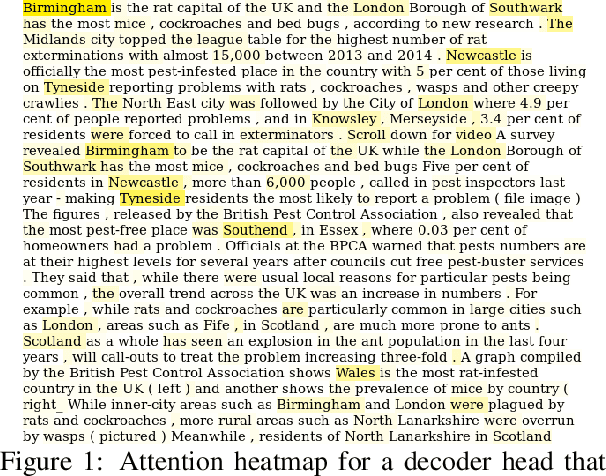
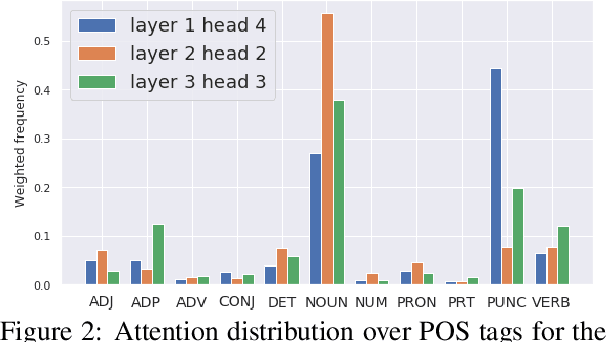

Abstract:Attention mechanisms in deep learning architectures have often been used as a means of transparency and, as such, to shed light on the inner workings of the architectures. Recently, there has been a growing interest in whether or not this assumption is correct. In this paper we investigate the interpretability of multi-head attention in abstractive summarization, a sequence-to-sequence task for which attention does not have an intuitive alignment role, such as in machine translation. We first introduce three metrics to gain insight in the focus of attention heads and observe that these heads specialize towards relative positions, specific part-of-speech tags, and named entities. However, we also find that ablating and pruning these heads does not lead to a significant drop in performance, indicating redundancy. By replacing the softmax activation functions with sparsemax activation functions, we find that attention heads behave seemingly more transparent: we can ablate fewer heads and heads score higher on our interpretability metrics. However, if we apply pruning to the sparsemax model we find that we can prune even more heads, raising the question whether enforced sparsity actually improves transparency. Finally, we find that relative positions heads seem integral to summarization performance and persistently remain after pruning.
Do Transformer Attention Heads Provide Transparency in Abstractive Summarization?
Jul 08, 2019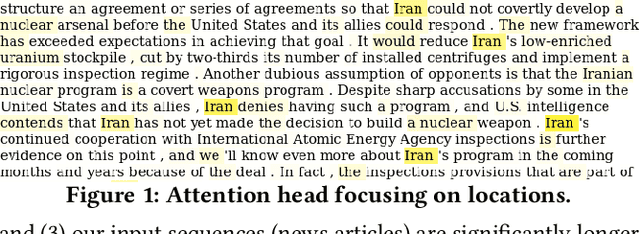
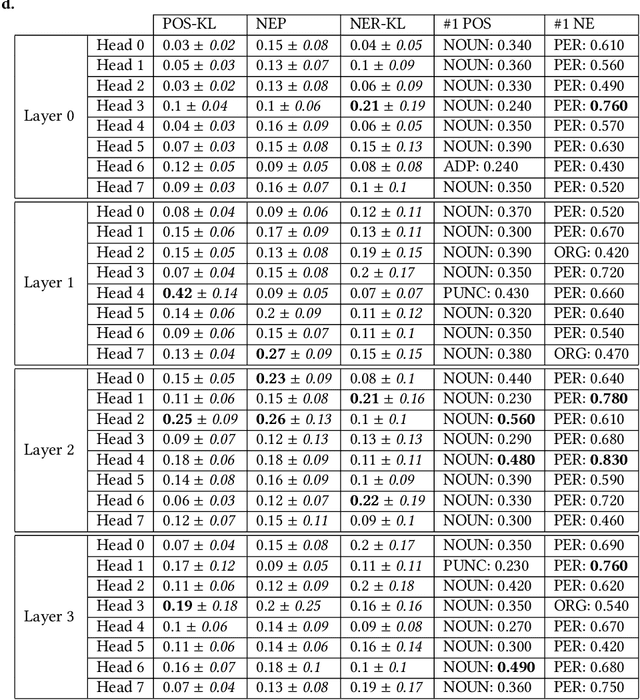

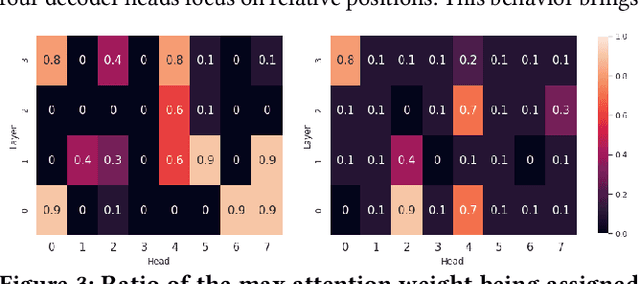
Abstract:Learning algorithms become more powerful, often at the cost of increased complexity. In response, the demand for algorithms to be transparent is growing. In NLP tasks, attention distributions learned by attention-based deep learning models are used to gain insights in the models' behavior. To which extent is this perspective valid for all NLP tasks? We investigate whether distributions calculated by different attention heads in a transformer architecture can be used to improve transparency in the task of abstractive summarization. To this end, we present both a qualitative and quantitative analysis to investigate the behavior of the attention heads. We show that some attention heads indeed specialize towards syntactically and semantically distinct input. We propose an approach to evaluate to which extent the Transformer model relies on specifically learned attention distributions. We also discuss what this implies for using attention distributions as a means of transparency.
Dynamic Data Selection for Neural Machine Translation
Aug 02, 2017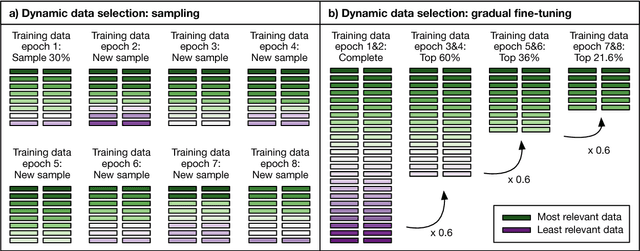
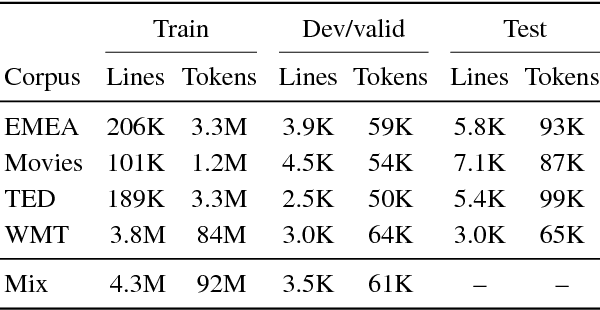
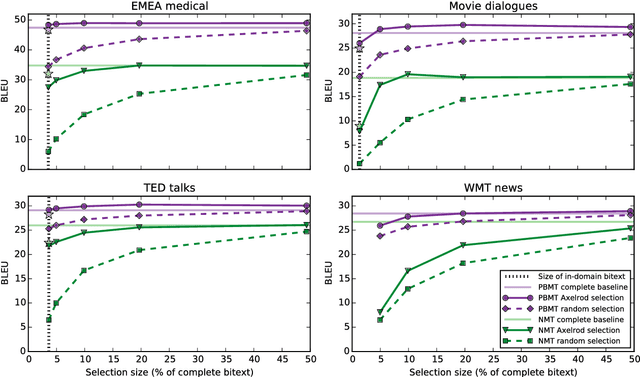
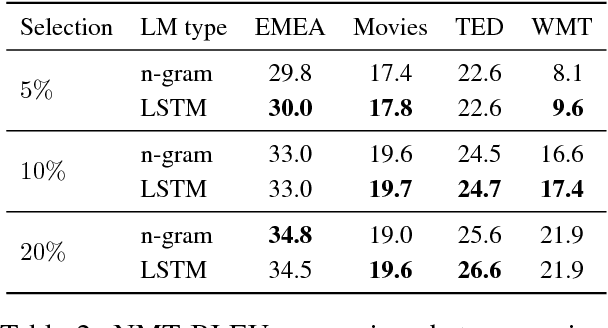
Abstract:Intelligent selection of training data has proven a successful technique to simultaneously increase training efficiency and translation performance for phrase-based machine translation (PBMT). With the recent increase in popularity of neural machine translation (NMT), we explore in this paper to what extent and how NMT can also benefit from data selection. While state-of-the-art data selection (Axelrod et al., 2011) consistently performs well for PBMT, we show that gains are substantially lower for NMT. Next, we introduce dynamic data selection for NMT, a method in which we vary the selected subset of training data between different training epochs. Our experiments show that the best results are achieved when applying a technique we call gradual fine-tuning, with improvements up to +2.6 BLEU over the original data selection approach and up to +3.1 BLEU over a general baseline.
 Add to Chrome
Add to Chrome Add to Firefox
Add to Firefox Add to Edge
Add to Edge